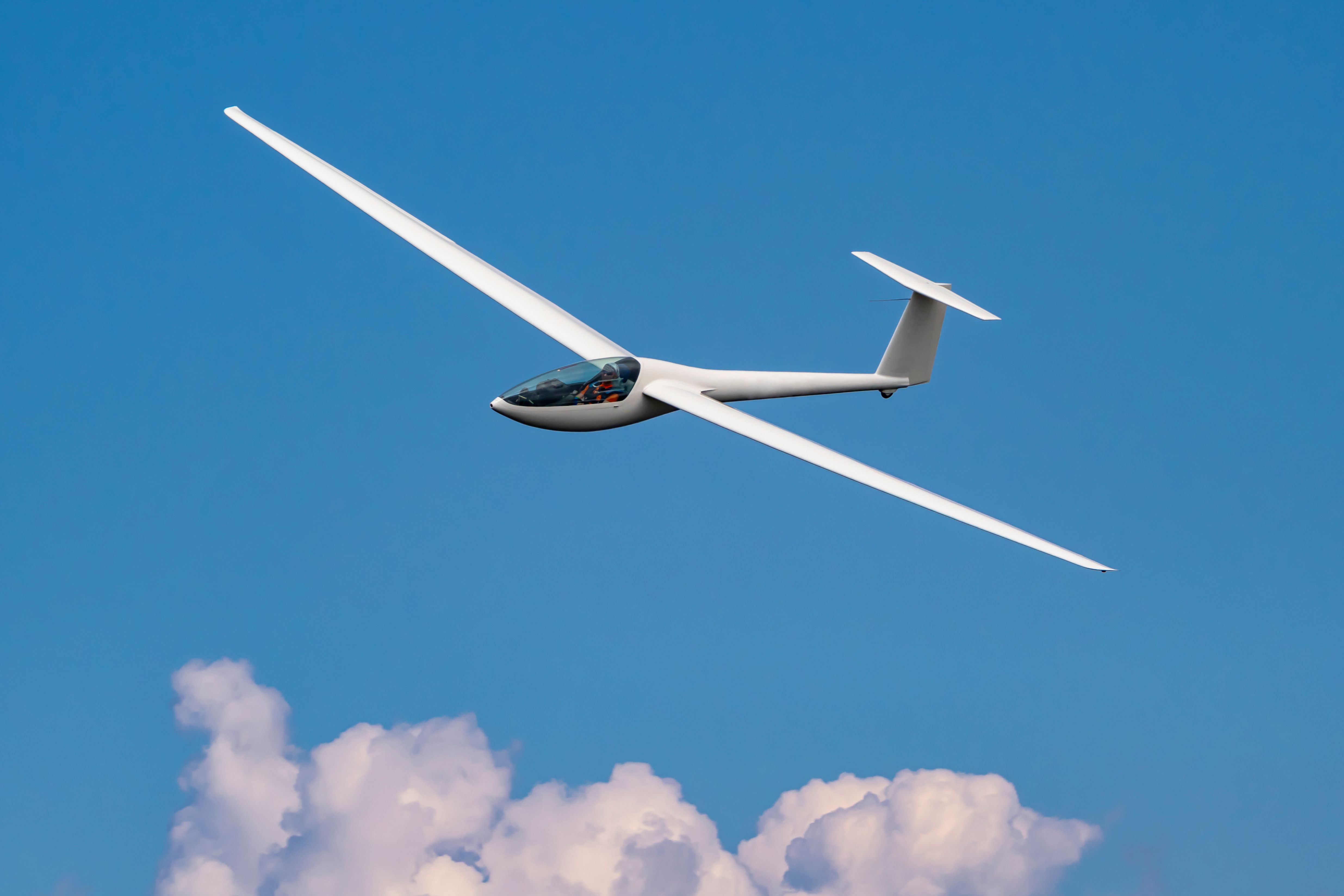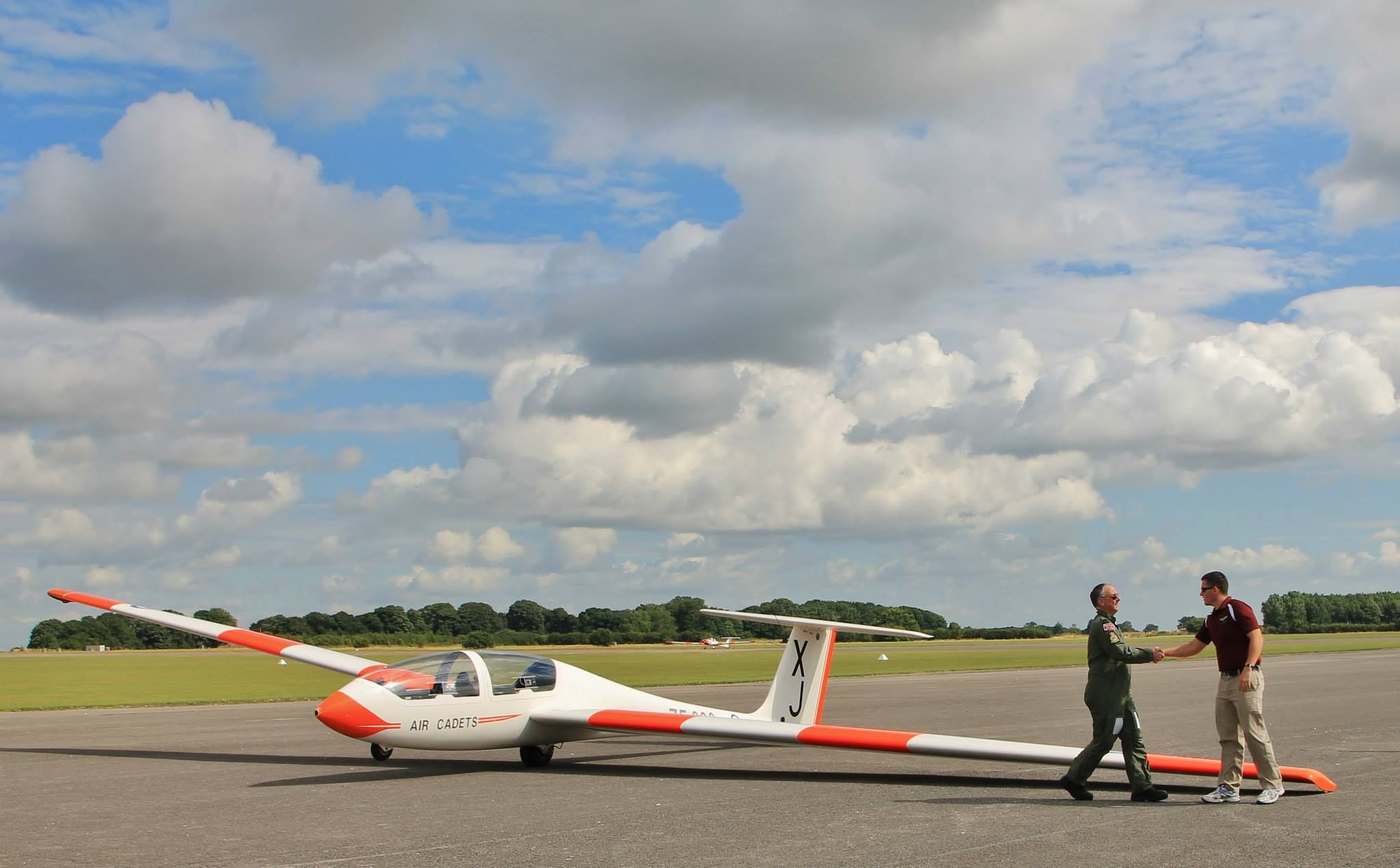Unlike traditional aircraft, which use thrust as one of their main forces, gliders only have lift, drag, and weight. Not having any internal power, the first problem is lifting off the ground, getting to a desired altitude, and having enough air flowing around the wings to keep it airborne. Fortunately, there are several different methods by which a glider can be launched.
The Winch method
The glider winch, made of a gas engine or electric motor, is connected to a large carriage with a metal cable wrapped around it. The portable winch can be positioned at the end of the runway. At the time of launch, an operator pulls all the cable out from the drum to the far end of the runway and connects it to the nose hook of the glider.
The cable winds rapidly, bringing the glider up to the desired speed. When the launch speed of the glider is reached, the pilot can use the control column to raise the nose. The nose is pitched to approximately 40 degrees to cause the glider to climb rapidly.
At around 1000 ft (330 m) above ground, the pilot pulls the hook release, disconnecting the cable. The cable falls back towards the ground on a parachute. The winch launch is one of the easiest and cheapest ways of launching a glider into the air.
The Aero Tow launch
As the name suggests, the Aero Tow launch is performed when a propeller-driven airplane tows a glider into the air. The small tail-dragger aircraft connects a cable between its tail and the nose hook of a glider. The glider is attached approximately 200 ft (65 m) behind the tail of the preceding plane.
Having high aspect ratio wings, it is not uncommon for the glider to become airborne first. The tow plane climbs to the set altitude, taking the glider high into the air. At a pre-determined altitude, the tow cable is disconnected through the release hook on the glider. The glider continues its flight while the tow airplane descends for landing.
Get all the latest aviation news right here on Simple Flying
Self-propelled gliders
Some gliders are built with self-propelling units that allow them to take off and climb like a typical airplane. After the desired climb, the self-propelling units are turned off for the glider to commence its gliding flight. Self-propelling units can be installed on the nose (nose-mounted propellors) or the fuselage (stowable fuselage-mounted propellors). Nose-mounted propellors can be powered by onboard batteries.
The spring-loaded blades stay flat to the fuselage when not in use, preventing the aircraft from creating drag in flight. The stowable fuselage-mounted propellor is a gasoline engine and can be retracted into the fuselage casing when not in use. The blades can be folded and stowed away with the rest of the engine.
What are your thoughts on different ways in which gliders can be launched into the sky? Tell us in the comments section.



